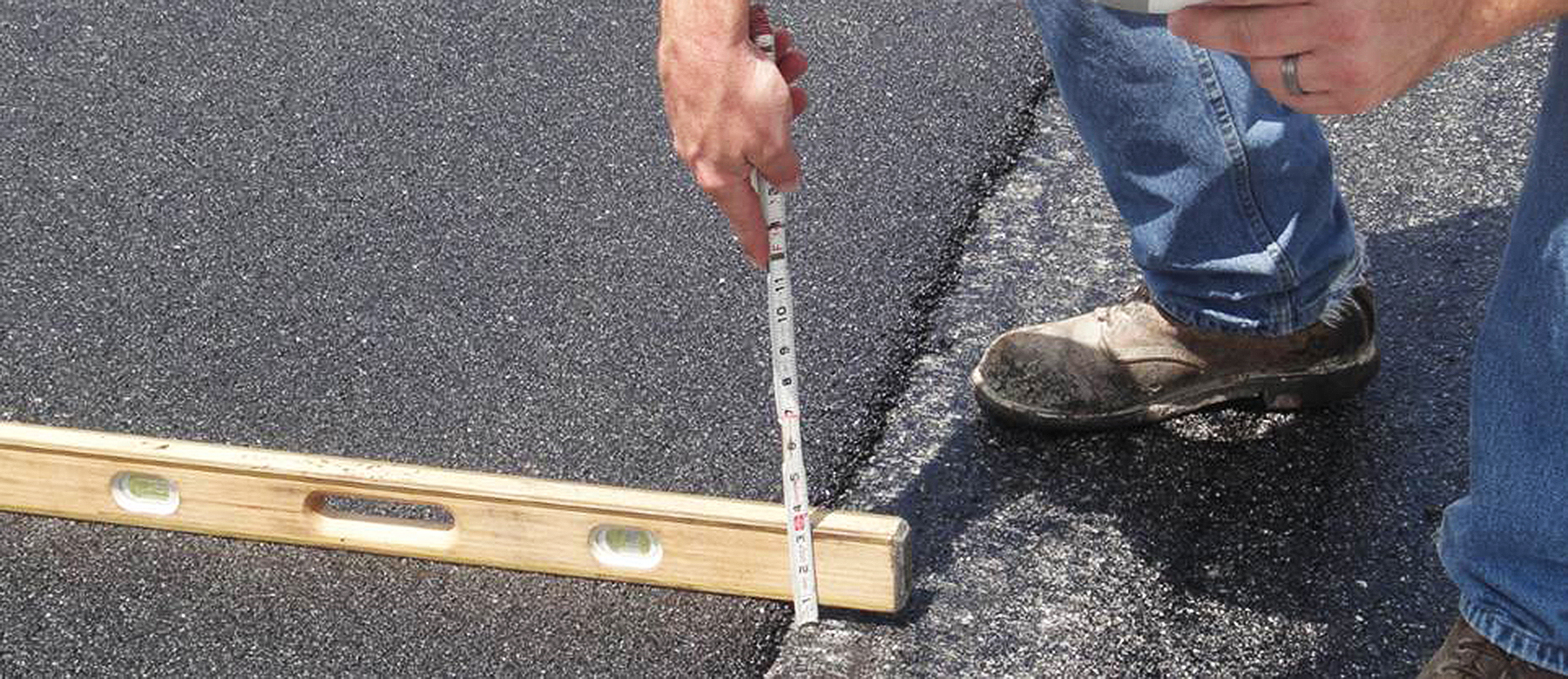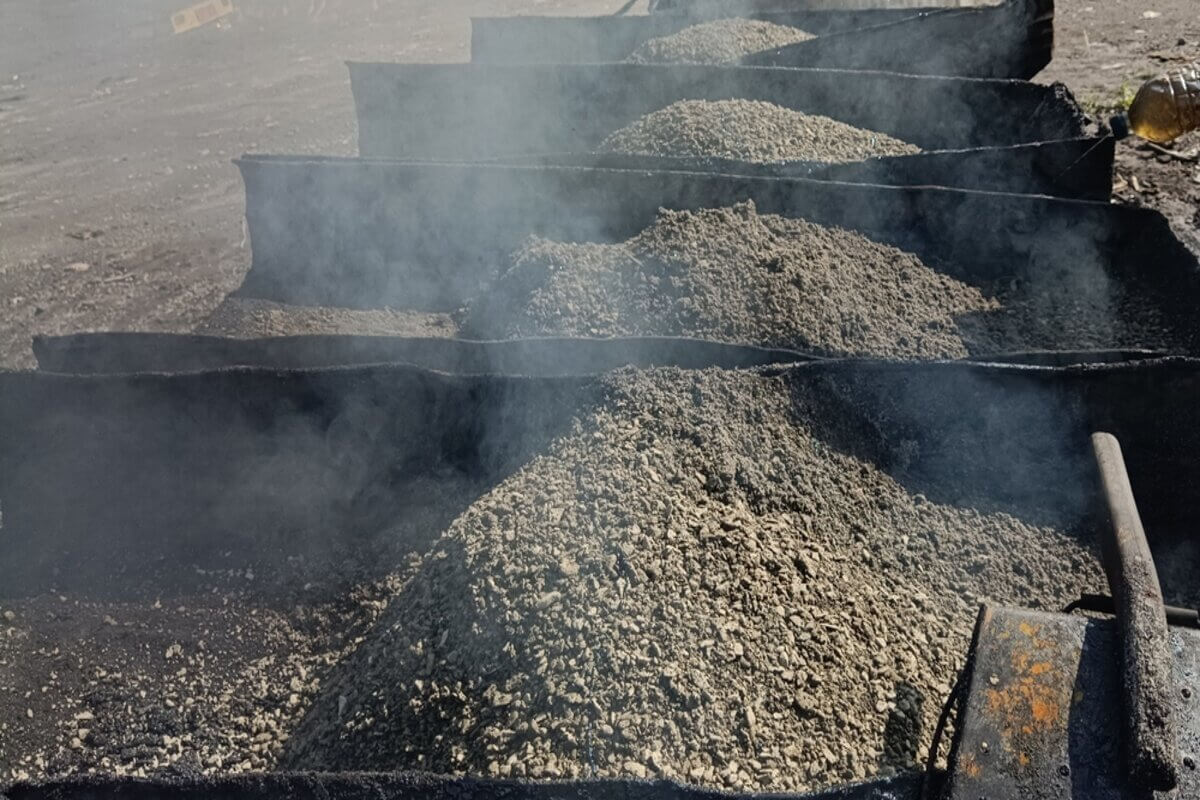Unlocking the Secrets of Hot Mix Asphalt Technology
Exploring the midsts of warm mix asphalt innovation uncovers a globe where meticulous procedures and accurate solutions assemble to shape our roadways and infrastructure. The fusion of binders, accumulations, and fillers isn't just a building and construction task yet a calculated orchestration of resilience and effectiveness.
Importance of Hot Mix Asphalt
Warm Mix Asphalt plays a critical function in modern facilities growth because of its durability and cost-effectiveness. As one of the most commonly utilized leading material for roadways, freeways, and parking area, Hot Mix Asphalt uses a series of benefits that add to its importance in building tasks. One key advantage is its capacity to withstand heavy web traffic loads and severe weather, supplying a trusted and long-lasting surface for transportation networks. Furthermore, Warm Mix Asphalt is cost-efficient in both initial building and long-lasting upkeep, making it a recommended selection for several infrastructure jobs.
The sturdiness of Warm Mix Asphalt stems from its structure, which includes accumulations, binder, and filler materials that are carefully picked and mixed to fulfill particular efficiency demands. Overall, the relevance of Hot Mix Asphalt in framework advancement can not be underrated, as it continues to be a keystone of contemporary construction methods.
Components of Asphalt Mixes
The structure of asphalt blends consists of meticulously chosen accumulations, binder, and filler materials that are critical for attaining particular efficiency requirements. Accumulations are the primary element of asphalt blends, supplying strength and stability. The binder, commonly asphalt or asphalt concrete, holds the aggregates with each other and gives adaptability and durability to the mix.
The combination and proportion of these elements play a substantial role in identifying the high quality and performance of the asphalt mix. Engineers thoroughly create the mix to fulfill details demands, considering variables like website traffic quantity, environment conditions, and pavement lifespan. Proper option and harmonizing of accumulations, binder, and fillers are essential for developing sturdy, durable asphalt sidewalks.
Mixing and Production Techniques

As soon as the accumulations are picked, the binder, often asphalt cement, is contributed to bind the materials with each other. The binder's top quality and quantity significantly impact the mix's resistance, toughness, and adaptability to environmental elements. Additionally, fillers like hydrated lime or Portland concrete might be included to improve particular attributes of the asphalt mix, such as its workability or dampness resistance.
Throughout manufacturing, the aggregates and binder are heated, generally between 250-325 ° F(121-163 ° C ), to help with mixing and guarantee proper finishing of the aggregates. The blending procedure should be comprehensive to attain an uniform mix that promotes the desired efficiency attributes of the asphalt. Different techniques, such as set mixing or drum blending, are utilized to achieve premium and consistent asphalt blends for construction tasks.
Elements Affecting Asphalt Efficiency
Factors influencing asphalt efficiency encompass a variety of variables that influence the durability, durability, and total top quality of asphalt pavements. One crucial factor is the high quality of products used in the asphalt mix.

Ecological problems likewise affect asphalt efficiency. Temperature level variations, wetness infiltration, and traffic loads can all impact the structural honesty of the pavement. Layout considerations, such as sidewalk density and water drainage, are crucial in ensuring the long-term efficiency of the asphalt sidewalk. By meticulously thinking about these service providers, factors and designers can enhance asphalt efficiency and improve the service life of sidewalks.
Sustainable Practices in Asphalt Technology

Additionally, the advancement of warm-mix asphalt (WMA) technologies has actually obtained grip recently. WMA permits the manufacturing and positioning of asphalt mixes at reduced temperatures compared to standard hot-mix asphalt, leading to reduced energy usage and greenhouse gas exhausts. The usage of porous asphalt blends can aid click this link mitigate stormwater overflow problems by enabling water to penetrate with the pavement and right into the ground, promoting all-natural water filtration and reenergize procedures. By executing these sustainable practices, the asphalt sector can add to building a more durable and environmentally friendly facilities network.
Verdict
In final thought, hot mix asphalt innovation plays a crucial role in modern infrastructure development because of its toughness and cost-effectiveness. By meticulously stabilizing parts, using correct blending strategies, and taking into consideration numerous variables, designers can develop top notch asphalt blends that stand up to hefty web traffic tons and severe weather. Embracing lasting techniques, such as utilizing warm-mix technologies and recycled materials, better boosts the ecological friendliness of asphalt modern technology.
Blending and production techniques in warm mix asphalt innovation involve the specific mix and processing of accumulations, binder, and fillers to produce a high-performance and durable asphalt mix.Variables affecting asphalt performance incorporate a variety of variables that impact the longevity, durability, and overall top quality of asphalt pavements. Lasting methods in asphalt technology incorporate different campaigns aimed at lowering the ecological impact of asphalt manufacturing and paving procedures. By integrating reclaimed asphalt sidewalk (RAP) and recycled asphalt shingles (RAS) right into new asphalt mixes, the sector can substantially reduce the usage of raw materials and energy, while additionally reducing land fill waste.
WMA allows for the manufacturing and placement of asphalt mixes at reduced temperature levels contrasted to traditional hot-mix asphalt, resulting in minimized energy intake and greenhouse gas discharges.